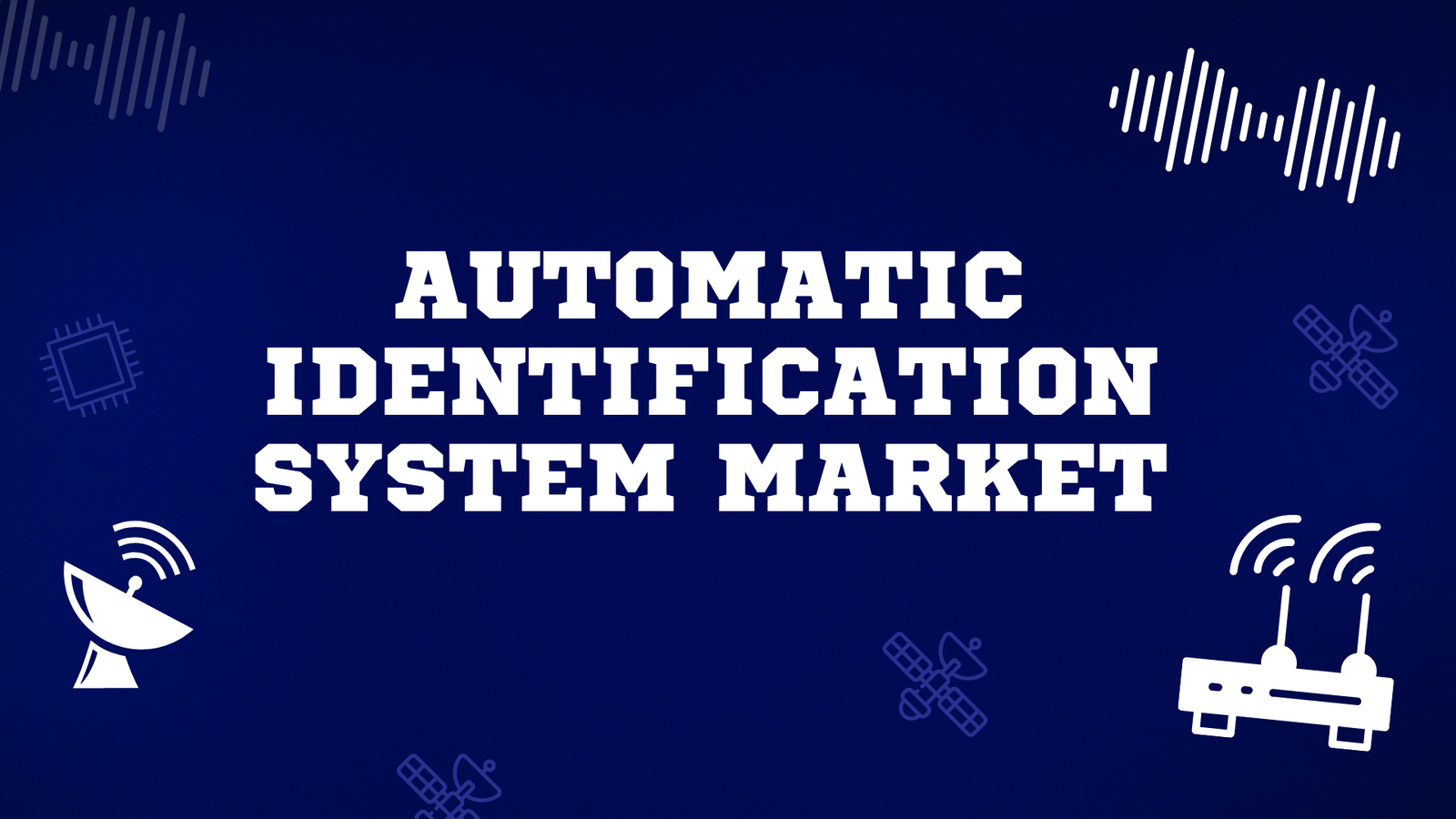Digital Avatar Innovation: Global Market Landscape
Updated · Nov 21, 2025
The Global Digital Avatar Market is experiencing explosive growth, driven by technological advances and expanding applications across industries. Valued at approximately USD 24.4 billion in 2024, the market is projected to more than double, reaching around USD 745.1 billion by 2033, with a remarkable CAGR of 46.2%. This surge reflects the rising demand for immersive, personalized digital experiences fueled by virtual reality (VR), augmented reality (AR), and artificial intelligence (AI) technologies.
Among avatar types, the Interactive Digital Avatar segment dominates, accounting for about 64.9% of the market in 2023. These avatars offer dynamic, real-time user interactions powered by AI, enabling personalized responses that simulate human-like behavior. This interactivity enhances user engagement, especially in gaming, entertainment, education, and customer service sectors, where avatars serve as virtual agents, companions, and assistants in increasingly virtualized environments.
![]()
According to DigiCapital, Genies received USD 150 million in 2022, followed by Vertex with USD 110 million, while Ready Player Me secured USD 13 million, reflecting growing confidence in the commercial potential of avatar technologies. Apple strengthened its position in this space by acquiring the avatar startup Xander in 2022, signaling plans to integrate its technology into upcoming VR and AR devices to enhance immersive experiences.
Revenue generation in e commerce is also advancing, with annual revenue from digital avatars expected to exceed USD 2.5 billion by 2024 as retailers adopt immersive tools to improve customer engagement. Customer service applications are expanding as well, with forecasts indicating that digital avatars will be used in more than 30% of customer service interactions by 2024, up from less than 5% in 2023.
Looking at applications, Virtual Agents & Assistants hold the largest revenue share at roughly 37.1%. These AI-driven avatars are widely adopted in customer service, e-commerce, and IT for delivering cost-effective, personalized support around the clock. Their ability to handle diverse tasks – from answering inquiries to guiding users – improves customer satisfaction and business efficiency. Integration into websites, apps, and social platforms continues to expand their use, driving ongoing adoption.
Gaming and Entertainment is the leading end-use industry, commanding a revenue share of approximately 22.3% in 2023. In gaming, avatars serve as player representations, enriching immersion and personalization. In entertainment, they drive novel experiences in virtual concerts, online events, and social interactions. Continuous investment in VR and AR technologies by these industries further pushes avatar innovation and market leadership.
![]()
North America retains its lead regionally, accounting for around 34.0% of market revenue in 2023, equating to roughly USD 5.7 billion. The region benefits from advanced digital infrastructure, strong R&D investment, and a tech-savvy population eager to adopt immersive digital technologies. Innovation hubs and a culture of early technology adoption further reinforce North America’s dominant position.
![]()
Key growth drivers include the ongoing advancements in AR, VR, and AI, which enable increasingly realistic and interactive avatars. These technologies provide new possibilities for personalized digital interactions across social media, e-commerce, education, and telehealth, meeting growing consumer expectations for engaging virtual experiences. Alongside, integration with social media platforms enhances the value of avatars as dynamic digital identities.
Challenges include technological limitations such as high computational needs and interoperability issues between platforms, which can complicate avatar deployment and increase costs. The lack of industry-wide standards slows seamless avatar use across different environments, posing hurdles to broader adoption. Additionally, geopolitical tensions and regulatory divergence can lead to market fragmentation and affect global scalability.
Market opportunities are expanding as digital avatars penetrate new sectors like healthcare for telemedicine, education for personalized learning, and retail for virtual shopping assistants. The versatility of avatars to simulate human interaction makes them ideal for enhancing customer service and virtual training programs. As businesses recognize these benefits, demand for avatar technology is expected to accelerate dramatically.
Leading companies innovating in this space include NVIDIA Corporation, Microsoft Corporation, Samsung Electronics, Epic Games, and Soul Machines. These firms invest heavily in AI, graphics, and user experience to push avatar realism and utility, while adopting strategic partnerships to expand applications and geographic presence.
In summary, the Global Digital Avatar Market is set for transformative growth fueled by technological innovation and evolving user expectations. Interactive avatars are becoming a key pillar in how businesses engage customers and how individuals represent themselves digitally. The market’s expansion across industries and regions promises continued opportunities for innovation and value creation.
Read More –https://market.us/report/digital-avatar-market/

Barry loves technology and enjoys researching different tech topics in detail. He collects important statistics and facts to help others. Barry is especially interested in understanding software and writing content that shows its benefits. In his free time, he likes to try out new healthy recipes, practice yoga, meditate, or take nature walks with his child.










